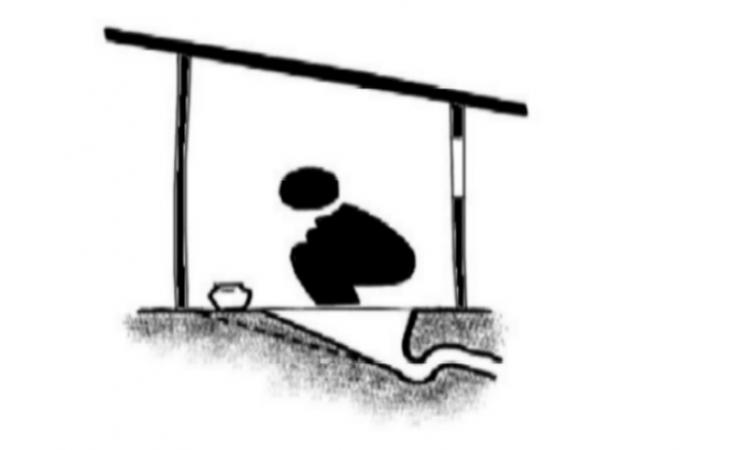
Evidence from India shows that open defecation continues to be common, and that a vast majority of the population from both urban and rural areas continue to have poor access to toilets.
The paper titled 'Rethinking governance of public toilets: Lessons for Swacch Bharat from Hyderabad', published in the Economic and Political Weekly, informs that in urban areas, the lack of toilets in public places as well as the lack of access to toilets by the poor has lead to open defecation. This has recently expressed itself in the form of tensions between middle class aspirations of a clean city and those of the desperate physical needs of the urban poor.
The paper refers to a number of reports and incidents and says that that these tensions have also occasionally found way through expressions of frustration, angry remonstrations, and occasional vigilante actions.
Need for attention to structural issues besides behavioural considerations
Although the Swacch Bharat Mission (SBM) rightly promises to secure both the right to sanitation infrastructure and the right to a clean environment for citizens, it must also take into consideration the sociopolitical realities of Indian cities and the competing efforts made by different sections of the populations with regard to the right to access public places.
Thus although it is creditable that the SBM has announced sanitation and cleanliness as major priorities for the country with focus on attitudinal and behavioural changes, there are these structural issues that will need attention.
Evidence: Public toilets in Hyderabad
The paper provides evidence of this need by presenting the findings of a study that conducted an audit of public toilets in Hyderabad, that were constructed and operated under the PPP model. It also took into consideration the current preference at the policy level to base public toilets on the PPP model to improve the sanitation situation in the country.
The audit included two kinds of information:
- Surveying and mapping the toilets to understand their location.
- Exploring other details such as facilities available and functionality of toilets. For this, those in charge of maintaining the toilets were also interviewed to get an idea of the problems they faced.
The study found that:
- The spatial distribution of the toilets was inequitable. Several toilets were located very close to each other at major junctions in the city, and provided no advantage in terms of access to users present at different locations in the city,
- Toilets were located at sites where the advertisements on them could reach a large number of their target audience, but not on the basis of the convenience for those wanting to use them,
- Toilets severely lacked facilities for women and the differently- abled, and
- The toilets were not regularly inspected to check on their infrastructure and operation
Thus, the study found that there were a number of structural issues that needed redressal and these severely limited the access of the poor, women and the differently-abled to toilets. Poor governance structures led to a lack of accountability in operating and maintaining the toilets. Besides, many of the toilets were found to be inappropriately located and designed. In addition, the audit revealed that there was no strong sense of “local ownership” of public toilets.
The paper argues that these findings demonstrate that the current emphasis at the policy level to shift from the publicly funded and maintained toilet models to the PPP model of toilet governance does not seem to be helping as a number of challenges remain, which could lead to further deterioration in regulatory mechanisms. Rather, having legally binding norms to help determine location, design, and governance structures can go a long way in helping effective local governance of public toilets.
The current thrust on the SBM should be used as an opportunity to involve a careful rethinking of public toilet governance, including revision of planning norms, providing statutory backing to these norms, and creating effective regulatory institutions.
Please view the paper below.